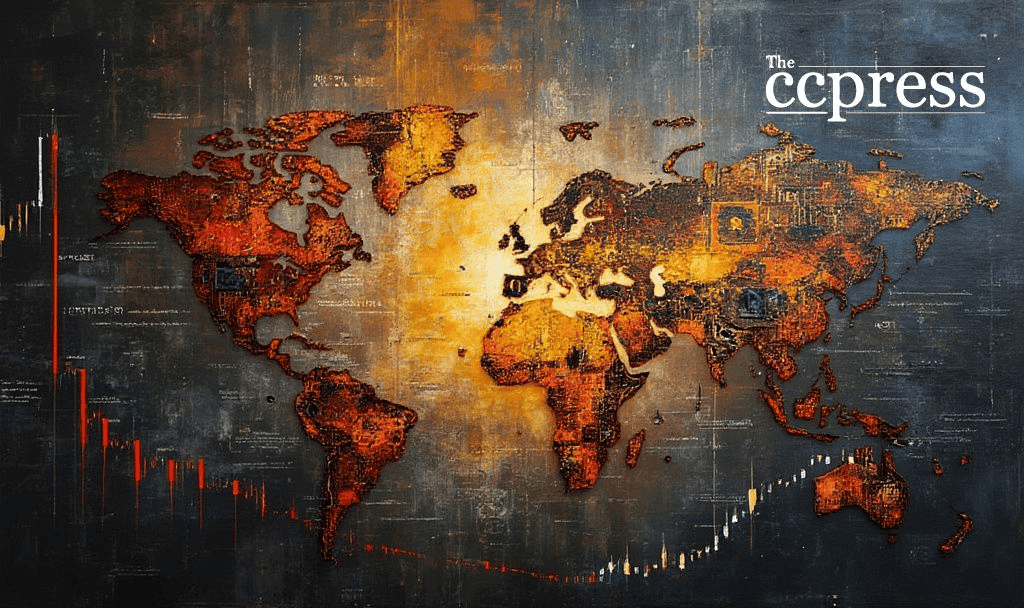- Geopolitical tensions disrupt crypto markets globally.
- Institutional Bitcoin interest remains steady.
- Fear & Greed Index indicates market caution.

As of March 31, 2025, Donald Trump’s threat to impose new tariffs on Asian countries has triggered volatility in crypto markets. China, Japan, and South Korea are coordinating their response to these potential US tariffs. The development significantly impacts crypto markets, inciting investor caution and altering the market’s recent trajectory. The reaction underscores the vulnerability of digital currencies to geopolitical tensions.
The crypto market is experiencing significant volatility due to the geopolitical tensions sparked by potential US tariff extensions across key Asian economies. Amid this uncertainty, the price of Bitcoin dipped to $82,687, marking a 2% decline.
Donald Trump, former US President, has issued threats of new tariffs, prompting a coordinated response from the trade ministers of China, Japan, and South Korea. They aim to strengthen their supply chains and negotiate a new free trade agreement.
The immediate impact on the crypto market includes a noticeable loss in various cryptocurrencies such as XRP, ADA, and SOL. Despite this, institutional investors remain active, suggesting confidence in long-term prospects.
The Fear & Greed Index has reflected market cautiousness. Unfortunately, no direct quotes from crypto Key Opinion Leaders (KOLs) have surfaced regarding the ongoing tariff tensions. However, current market sentiment remains in the “fear” territory.
Politically, the tariff threat affects international relations and economic strategies. The trio plans more economic cooperation to counter possible negative impacts. This could alter global trade and potentially ripple into further crypto-market volatility.
Continued institutional interest suggests eventual market resilience. Historically, geopolitical strains have driven Bitcoin demand as a safe haven. The ongoing increased accumulation of Bitcoin by major players aligns with past patterns during similar geopolitical events, as noted in industry analyses on market trends.
